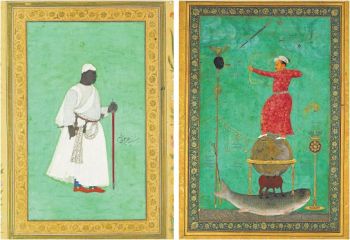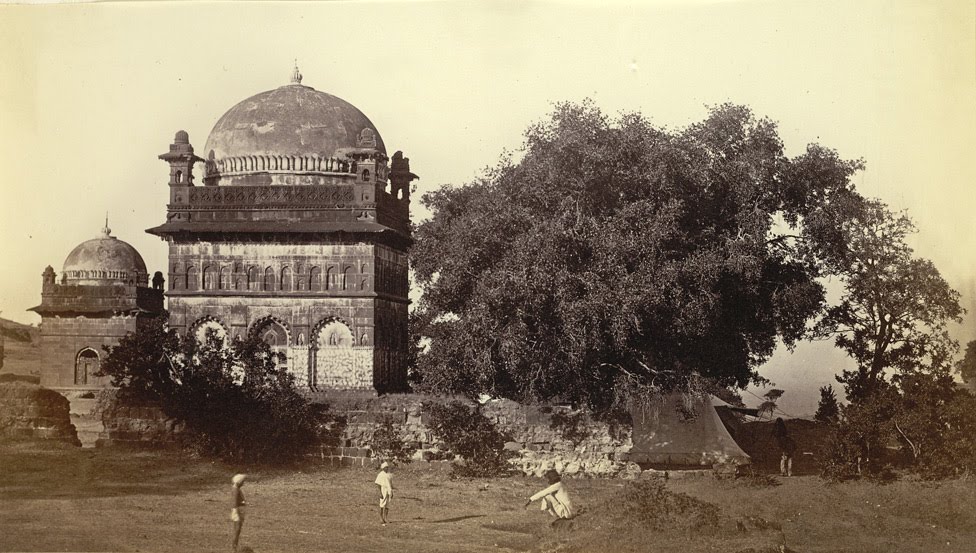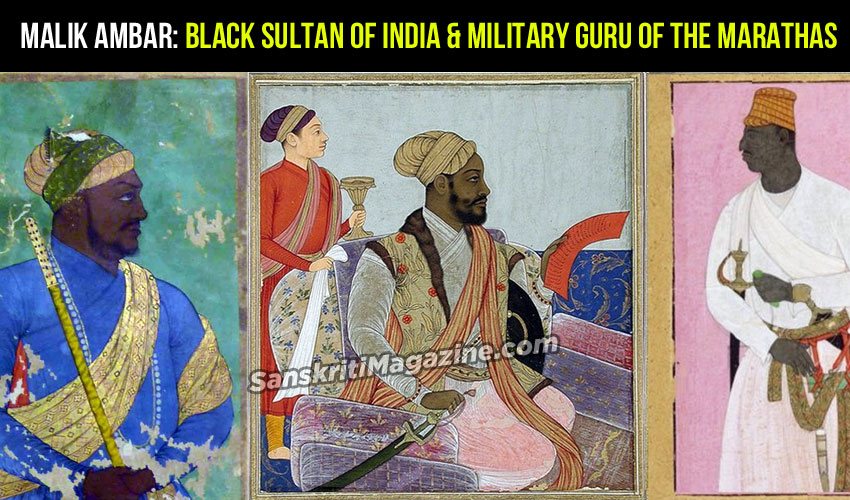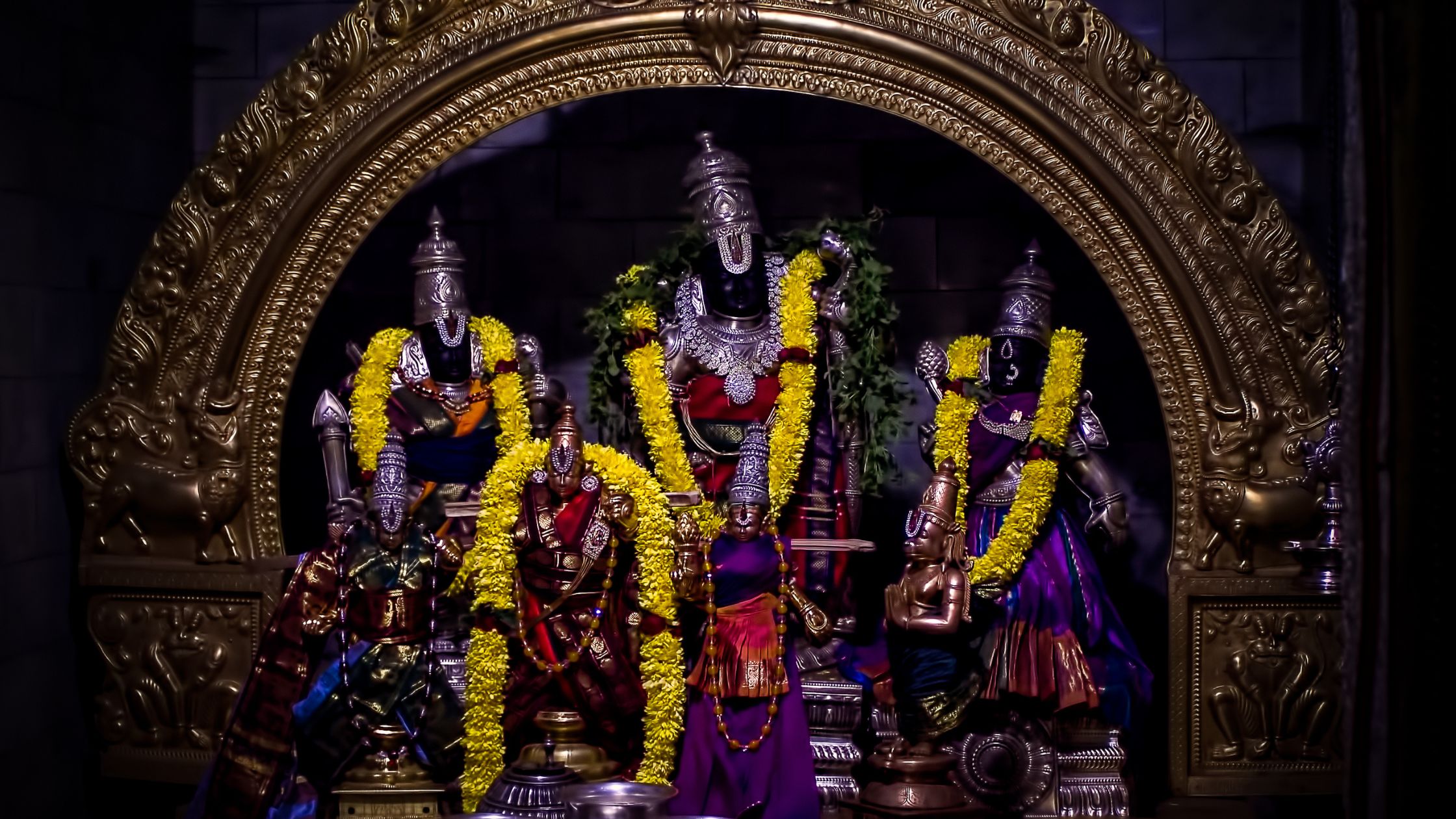India abounds in throwing up colourful personalities from its chequered pages of history. It is not often easy to cope with the shifting patterns and kaleidoscopic images of India’s rich past where people and forces engage with structures and resources to write each chapter of its singular saga. Even this caveat is woefully inadequate when one attempts to introduce the richness Malik Ambar has added to our heritage. His origins and career were as unusual as his accomplishments and legacy are. Malik Ambar was born in Ethiopia, began his adult life as a slave, rose to be a powerful military commander and Regent in one of the South Indian Sultanates, proved to be an unbeatable nemesis for the mighty Mughals and finally laid the foundation of Maratha power which would rise to its zenith with Chatrapathi Shivaji. Far from resembling a mummified chapter from a crumbling old book, Malik Ambar’s life holds a lesson or two for India’s troubled present — where the bickering of divisive voices gets shrill by the passing day. And his life can show that sometimes our jaundiced eyes of the present can even prevent a fuller understanding of the past.
 For a proper appreciation of the role played by Malik Ambar, one would require some familiarisation with the history of Deccan Sultanates. The fall of Pratapa Rudra in 1323, the last Kakatiya king of Warangal, at the hands of Muhammad bin Tughlaq meant the near firm consolidation of Delhi Sultanates’ grip on a part of South India. He was only a general, at that time, bearing the name of Ulugh Khan and was yet to become the erratic ruler as most people know him. Following a recent revolution the Tughlaqs had replaced the Khiljis as the Sultans of Delhi. In fact it was Malik Kafur, Alaudin Khilji’s eunuch general who had first humbled Pratapa Rudra, made him accept Delhi’s overlordship and reduced him to a tribute paying king 13 years earlier. When the eccentric Muhammad Bin Tughlaq ascended the throne, he decided to rule with two capitals — Delhi and Daulatabad. He was aware that if he wanted to rule effectively he should be more present in the South as well. And ironically it was in Daulatabad that the Khilji loyalists and other disgruntled sections broke free of the Tughlaqs in 1347 and established their own dominion. Thus was born the Bahmani kingdom and the first chapter of Deccan Sultanate’s history came to be written. In due course, the Bahmani capital shifted to Gulbarga and then later to Bidar.
For a proper appreciation of the role played by Malik Ambar, one would require some familiarisation with the history of Deccan Sultanates. The fall of Pratapa Rudra in 1323, the last Kakatiya king of Warangal, at the hands of Muhammad bin Tughlaq meant the near firm consolidation of Delhi Sultanates’ grip on a part of South India. He was only a general, at that time, bearing the name of Ulugh Khan and was yet to become the erratic ruler as most people know him. Following a recent revolution the Tughlaqs had replaced the Khiljis as the Sultans of Delhi. In fact it was Malik Kafur, Alaudin Khilji’s eunuch general who had first humbled Pratapa Rudra, made him accept Delhi’s overlordship and reduced him to a tribute paying king 13 years earlier. When the eccentric Muhammad Bin Tughlaq ascended the throne, he decided to rule with two capitals — Delhi and Daulatabad. He was aware that if he wanted to rule effectively he should be more present in the South as well. And ironically it was in Daulatabad that the Khilji loyalists and other disgruntled sections broke free of the Tughlaqs in 1347 and established their own dominion. Thus was born the Bahmani kingdom and the first chapter of Deccan Sultanate’s history came to be written. In due course, the Bahmani capital shifted to Gulbarga and then later to Bidar.
Having broken off from Delhi, the Bahmani Sultans were forced to open maritime routes with Iran and Iraq for free flow of goods ands ideas. Overland movement via Central Asia was no longer possible. Not only did silken fabrics and fine horses arrive at ports like Dhabol, men of letters well versed in Persian literature and administrative skills sailed in, seeking lucrative careers. Persian ways were looked up to and were considered worthy of emulation and these men were eagerly welcomed and employed in imperial service in the Deccan.
Tension and acrimony
Curiously, on many occasions, included in the cargo of these ships were slaves from Ethiopia or Habshis as they were called. And as learned men poured in from Baghdad and the Persian Gulf a certain tension engulfed the Bahmani courts. There was palpable tension, at times erupting into open acrimony, between the nobles descended from north Indians who had settled in the Deccan in the early 14th century and the newly recruited Persian elite from the West. This Deccani versus Westerner rivalry saw the rise of Military slavery. This is where the curious cargo from Ethiopia assumed special significance in the politico-military scheme of things that shaped the destiny of the Deccan. These ‘imported Knights’ worked within the bounds of professionalism and were far more reliable when compared with the fickle loyalties of the fighting factions described earlier. Richard Eaton who has researched into this phenomenon points out that slaves from the ancient Christian kingdoms of Abyssinia were bartered for fine textiles from India and this commerce was facilitated by the Muslim traders from West Asia.
Thus after flourishing for well over a hundred years the Bahmani kingdom disintegrated and powerful nobles carved out new dominions at Golconda, Bijapur, Berar, Bidar and Ahmadnagar. It was in the Nizam Shahi Sultanate of Ahmadnagar that Malik Ambar’s indelible stamp on India’s history was placed. Captured perhaps by slave traders who operated between Ethiopia and East Africa, early available Dutch records suggest that he was sold at a Red sea port for eighty Dutch guilders. Sold and resold several times he was brought to Baghdad before eventually landing up at the hands of Chengiz Khan ,who was then the Chief Minister or Peshwa of Ahmadnagar. This was around 1570. Himself a Habshi, Chengiz Khan was a great master from whom Malik Ambar learnt a lot about statecraft, military matters and administrative affairs. Upon Chengiz Khan’s death his widow set Malik Ambar free and in due course he found a wife too. From amongst the thousands of Habshis who were in service in Bijapur and Ahmadnagar several gained freedom and became free soldiers or officials. Building on years of toil, both in neighbouring Bijapur and in Ahmadnagar, Malik Ambar shot into prominence in last decade of the 16th Century.

Military genius
Around this time Akbar had set his sight on the southern kingdoms and the powerful Mughal army was closing in on Ahmadnagar. In December of 1595 Malik Ambar proved his mettle by harassing Mughal supply lines and established himself as a military genius, largely adopting guerrilla tactics. Eventually the Mughal troops tightened their grip on the Ahmadnagar Fort after laying siege to it. Nizam Shahi forces gave in and the Fort fell in 1600. Yet Mughal control could barely extend beyond the environs of the fort. With no clear authority in place, Malik Ambar, commanding a force of 7,000 cavalry men, saw a larger role for himself in the Nizam Shahi Sultanate’s destiny. He cemented his bond with the ruling family by giving his daughter’s hand to a surviving scion of the royal line. His son-in-law was installed as the new Sultan Murtaza Nizam Shah II and Malik Ambar became the Regent and set about the task of bringing in order to the fallen kingdom of Ahmadnagar.
Soon Malik Ambar was commanding more than 50 thousand troops and by now thousands of Habshis and Marathas were in his service. He was a rare combination of a skillful administrator, even handed ruler and an outstanding military commander. He was truly an extra-ordinary figure and his administrative reforms had a lasting impact. He could be ruthless when needed. By now Malik Ambar was not only commanding an army, he had a navy too. In his bid to contain the Mughals, he had to conduct parleys with the Portuguese, the Dutch and the English which were at times friendly and at other times hostile. Jehangir, who by now was the Mughal emperor, was obsessed with Malik Ambar. Perhaps envious of his qualities, he wanted to see him crushed at any cost. That simply would not happen. Unable to defeat him in reality, Jehangir had to take to fantasy. Upon a royal commission, the famous Mughal artist Abu’l Hasan drew a painting of the Emperor shooting arrows into the severed head of Malik Ambar.
In actuality Malik Ambar, respected by the people and feared by neighbouring Sultans, grew from strength to strength. He was to see his crowning glory in the battle of Bhatwadi around October 1624. After crossing the Bhima, Malik Ambar took position and confronted the combined assault of the Mughals and the Bijapur army. In the ensuing rout of the alliance, Malik Ambar, aided by his Maratha light cavalry, established his clear supremacy. This battle saw an unprecedented scale of Maratha participation leading to a collaboration that blurred all religious lines. And Malik Ambar’s trusted right hand man was Maloji, Shivaji’s grandfather. And in the military town of Kirki which Malik Ambar founded, now Aurangabad, he named all the quarters after great Maratha chiefs — Malpura, Khelpura, Vithapura and so on. Muslims and Marathas had united to resist Mughal hegemony in their bid to preserve their own distinct political and regional identity. Malik Ambar provided the inspiring leadership for this enterprise. At the height of his fame and remaining victorious as ever, Malik Ambar died on May 14, 1626 at the age of 78, at Ambarpur, bringing to close an eventful chapter. After his death, the Marathas, fostered and trained by him, would soon be a force to reckon with. Skilfully adopting the guerrilla tactic, they would bring about the downfall of Aurangzeb. Led by Shivaji they would emerge as a major power and write yet another distinct chapter in our chequered history.
~ A. Rangarajan











